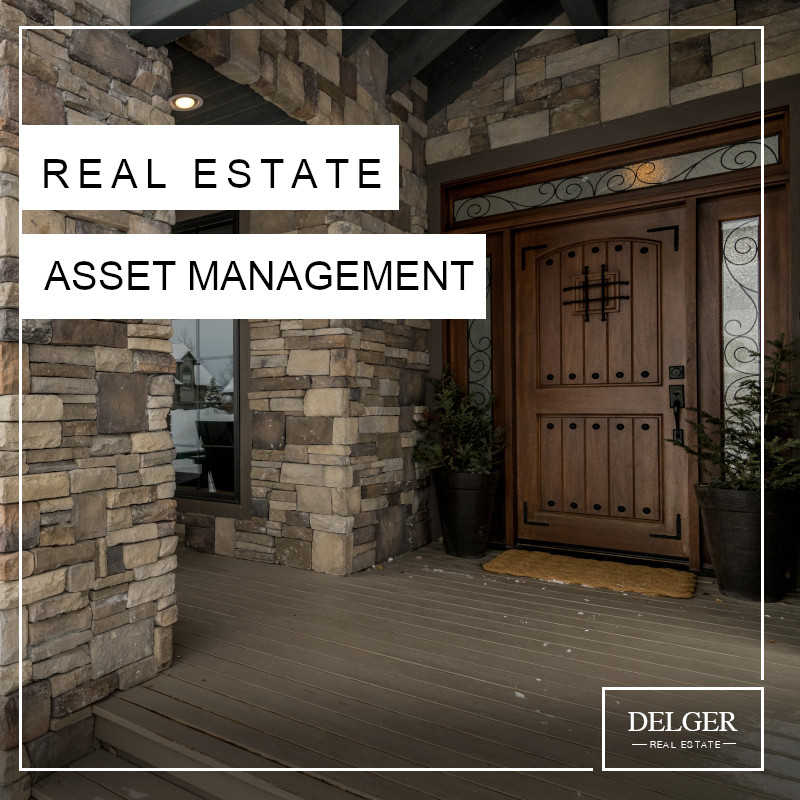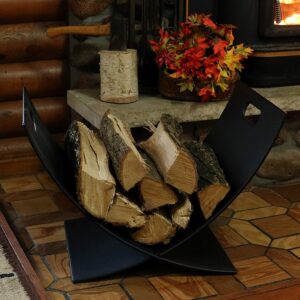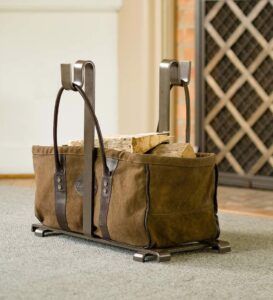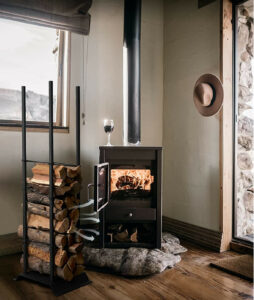 Buildings are responsible for more than 40% of global energy used, and as much as one-third of global greenhouse gas emissions per the International Standard Organization. For both real estate investors and individual home owners Real Estate Impact Management and “Smart Home Management” can mean substantial cost savings and reduce the impact your property has on the environment.
Buildings are responsible for more than 40% of global energy used, and as much as one-third of global greenhouse gas emissions per the International Standard Organization. For both real estate investors and individual home owners Real Estate Impact Management and “Smart Home Management” can mean substantial cost savings and reduce the impact your property has on the environment.
Reducing Water Usage
Real Estate Impact Management and Smart Home Management for reducing water usage can be as simple as ensuring that sinks and toilets are not leaking. The average North American household wastes about 10,000 gallons of water from household leaks every year. About one in ten homes have severe leaks that waste 90 gallons or more per day. Approximately 27% of a typical home’s water usage comes from toilet flushing. A leaky toilet can have a major impact on water bills. A leaking toilet can lead to thousands of gallons of water used every month. A constantly running toilet may waste about eight gallons per hour, or 200 gallons per day. Left unnoticed, a running toilet could waste over 6,000 gallons per month. The toilet is one of the most common water wasters but its leaks tend to be less noticeable than faucet leaks. We can help you identify if toilets and sinks are leaking.
Frequent Causes of High Water Usage
Leaks and drips aren’t the only contributing factors to high water bills. Other wasteful practices that drive up costs include:
- Running the dishwasher partly full (wastes 320 gallons per year)
- Leaving the tap open when you brush your teeth (wastes 8 gallons per day)
- Letting the water run for five minutes while washing dishes by hand (wastes 10 gallons every time)
- Failing to fix a broken sprinkler head (wastes 2,400 gallons per month)
Frequent Causes of Damage From Water Leaks
Relatively innocent leaks drip water from the source into the drain or sewer line. This wastes water and costs you money, but it doesn’t cause any damage. However, leaks from pipes, fittings, and hoses can damage your home and lead to high repair costs. Besides your sinks and toilets, here are the other places to watch out for leaks:
- Washing machine hoses
- Refrigerator
- Dishwasher
- Plumbing under kitchen and bathroom sinks
- Pipes
- Roof
- Windows and doors
Whether you’re worried about high bills or water damage, it’s worthwhile to find and stop leaks quickly. We can help you identify and fix water leaks.
Reducing Electricity Usage
Real Estate Impact Management and Smart Home Management for reducing electricity usage can be as simple as replacing old incandescent light bulbs with modern LED lighting. LED lighting has lower energy usage which reduces electricity costs. LED lighting lasts longer which reduces maintenance costs. LED lighting generates less heat, which reduces costs associated with cooling homes on warm summer days. We encourage our clients to turn off power sources when they aren’t being used in order to cut back on costs and save energy.
Reducing Heating and Cooling Costs
According to the U.S. Department of Energy, 49% of a home’s energy bill is spent on heating and cooling. One of the main reasons your energy bills might spike during the winter months is because your home isn’t properly insulated. According to the North American Insulation Manufacturers Association (NAIMA), 90% of single-family homes in the U.S. are under-insulated, so chances are high that your house could use some work. Homes built prior to 1960 are particularly vulnerable.
Heating, ventilation, and air conditioning (HVAC) is the use of various technologies to control the temperature, humidity, and purity of the air in an enclosed space. The goal is to provide thermal comfort and acceptable indoor air quality. Real Estate Impact Management and Smart Home Management for reducing HVAC costs starts with proper HVAC maintenance. Good HVAC maintenance results in less energy consumed and increases the useful life of the equipment. We suggest that filters and systems be checked at regular maintenance intervals. A well-maintained system will cost home owners less over time and lower energy costs.
Your heating and cooling systems might be operating at peak efficiency, but if your home is not adequately insulated, you may be wasting money on your monthly electricity bill and gas bills. A home’s insulation helps with heating and cooling all year round. If your insulation is lacking, your heating and cooling equipment have to operate longer to achieve your desired indoor temperature, which means added utility costs, shortened equipment life, and higher impact on the environment. The EPA estimates that the average homeowner can save 15% on heating and cooling costs (11% of total energy costs) by adding insulation in attics, crawl spaces, and basement rim joists.
Conducting an energy audit of your home will give you the best idea of where to focus your insulation upgrades. Though for most homes—again, especially those built before 1960—it’s safe to say that the attic is the place to start.
Reducing Air Leaks
Real Estate Impact Management and Smart Home Management for reducing air leaks begins by making a list of obvious air leaks (drafts). The potential energy savings from reducing drafts in a home may range from 10% to 20% per year, and the home is generally much more comfortable afterward.
Check for indoor air leaks, such as gaps along the baseboard or edge of the flooring and at junctures of the walls and ceiling. Also check for leaks on the outside of your home, especially in areas where two different building materials meet. Other places to check for leaks include windows, doors, lighting and plumbing fixtures, switches, and electrical outlets. Also check for open fireplace dampers. See detecting air leaks for detailed instructions on finding air leaks yourself.
Please Contact Delger Real Estate if you would like to learn more about Real Estate Impact Management for your property.
 A green home is a residence that has been designed, built, and operated in a way that minimizes its impact on the environment and maximizes its energy efficiency. Green homes may incorporate a variety of features to reduce their energy consumption and environmental impact, including:
A green home is a residence that has been designed, built, and operated in a way that minimizes its impact on the environment and maximizes its energy efficiency. Green homes may incorporate a variety of features to reduce their energy consumption and environmental impact, including:








